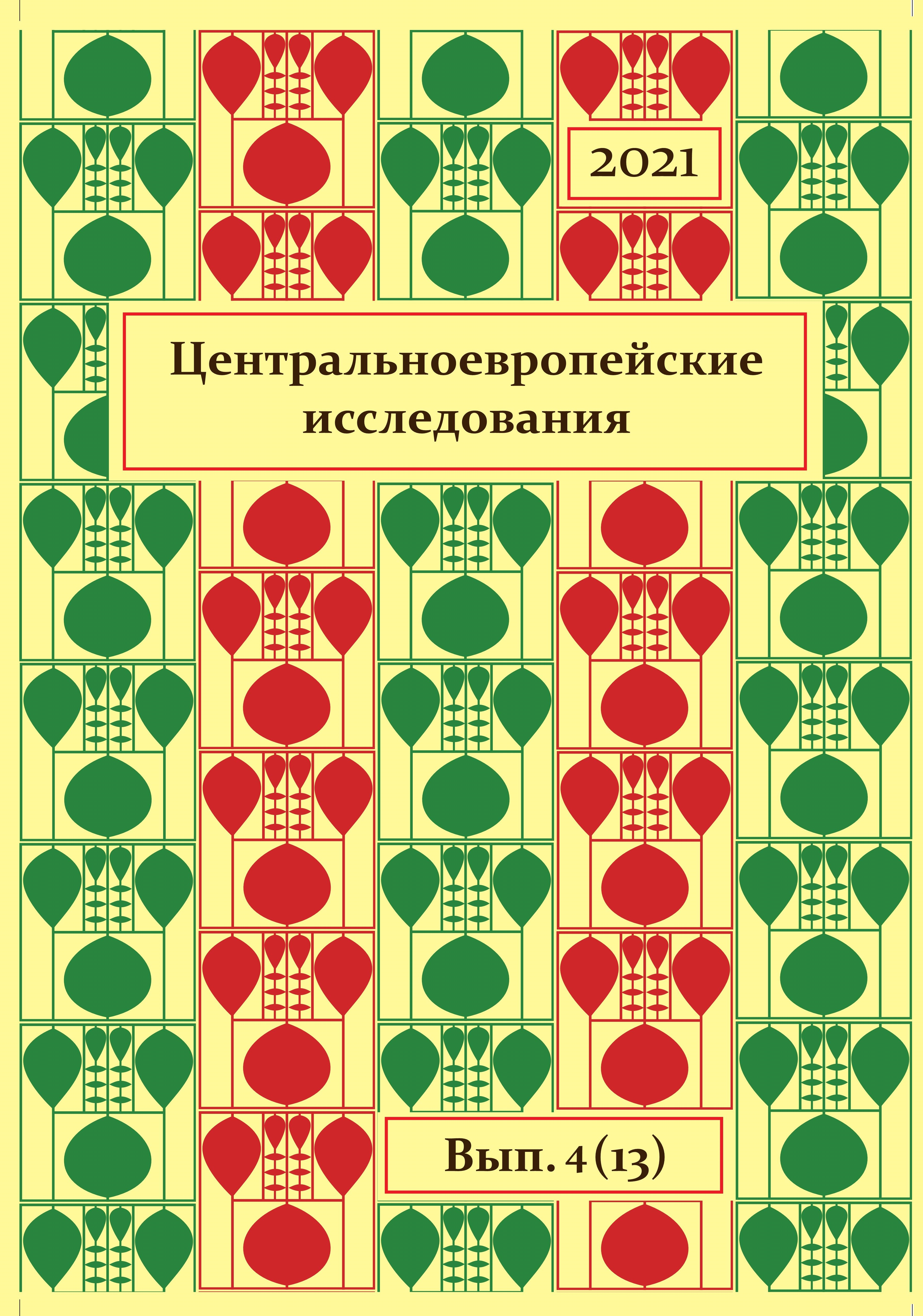The Historical and Cultural Role of the Vienna-Budapest Operetta
DOI:
https://doi.org/10.31168/2619-0877.2021.4.15Keywords:
cultural space of Austria-Hungary, social function of the operetta, The Bat, The Gypsy Baron, The Merry Widow, Csárdásfürstin, Johann Strauss, Franz Lehar, Imre KálmánAbstract
This article is devoted to the history of the origin and rise to the peak of popularity of the operetta genre in the Austro-Hungarian monarchy. This paper demonstrates that, in contrast to French or English operettas with their pronounced political
and satirical orientation, the uncomplicated and frivolous librettos of the operettas staged in Vienna and Budapest were demonstrably apolitical. The plots of four operettas — The Bat and The Gypsy Baron (Johann Strauss), The Merry Widow
(Franz Lehar), and The Riviera Girl (Germ. Csárdásfürstin, Imre Kálmán) — and the press responses they produced are considered. These works created the illusion of ease of overcoming social boundaries, included a cascade of sparkling,
memorable melodies borrowed from different peoples of the multi-ethnic monarchy, and combined waltz, csárdás, polka, mazurka, and gypsy tunes on the stage, relegating differences to the background and making the audience forget about interethnic contradictions. Sweet love stories with happy endings helped audiences to forget that Europe was burning during the First World War. The operetta genre became part of mass culture, and even if its artistic level and value varied greatly
from work to work, it proposed a new common cultural metalanguage and did not cut off the path to high musical culture for the masses, but rather straightened it.



